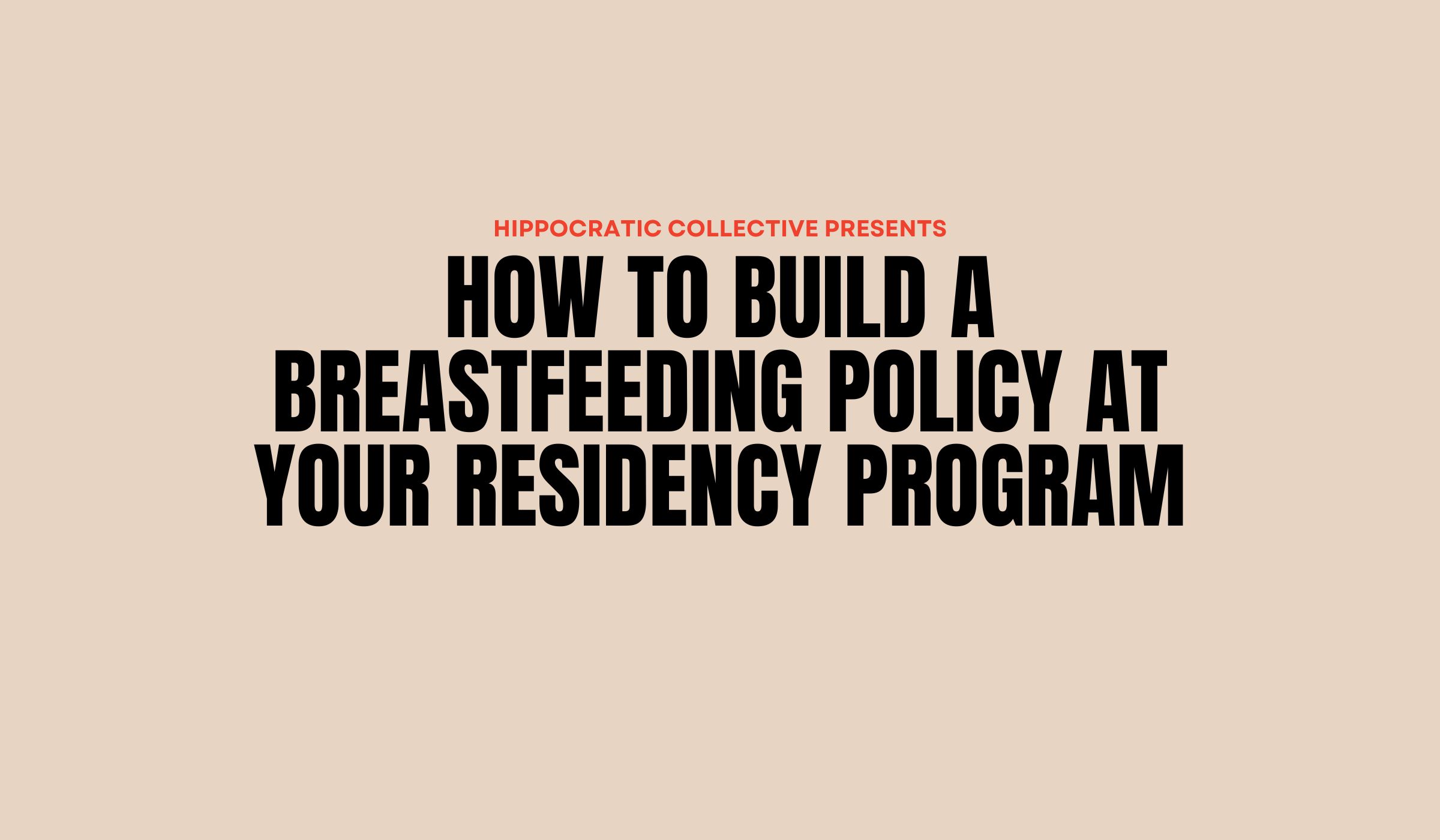In one pivotal scene from the limited series Fleishman Is in Trouble, Rachel is in labor. Her blood pressure is high, the induction isn’t going well, and she’s clearly frightened. She pleads with an unfamiliar obstetrician for answers. She wants someone else in the room. Then, under the guise of an exam, without warning, he ruptures her membrane. She responds in horror demanding him to get away from her. The doctor responds, “Are you planning on being a baby or delivering a baby?” In the next scene, Rachel undergoes a c-section, visibly dissociative while her husband, Toby, looks on.
To those watching, Rachel comes across as volatile, even unstable. Her husband is baffled by her behavior. The OB suggests what feels like a punitive psychiatry consult. From the outside, she seems like a difficult patient. But when we later see the same moment from her point of view, everything changes.
Fleishman Is in Trouble reflects just one of many real stories of birth trauma. This particular storyline is based on the lived experience of the showrunner, Taffy Brodesser-Akner, who first wrote about her postpartum PTSD in 2010.
On the surface, the series explores divorce, identity, and modern relationships. But beneath that, it offers a visceral portrayal of birth trauma and postpartum PTSD. This approach resonates because it reveals how easily trauma can go unrecognized during and after medical stressors. Through its narrative storytelling, the series provides a powerful window into what our patients may still be carrying long after we’ve left the room.
When we first see the birth scene, it’s through Toby’s eyes in Episode 3 “Free Pass.” He recounts how nothing went as planned. Rachel was anxious and combative. The doctors were dismissive. The situation escalated quickly. To him, it’s a story of a hard delivery and a partner who’s increasingly unreachable.
Later in the series, however, the story is retold from Rachel’s perspective in the penultimate episode “Me-Time.” What once looked like irrationality is revealed as terror. What seemed like hostility was actually an attempt to assert boundaries in a moment of profound powerlessness. Only then do we fully grasp how deeply traumatizing and violating Rachel’s experience truly was.
This narrative reversal is powerful because it mirrors what often happens in clinical care: we make sense of events based on what we can see, without always knowing what it felt like for the person inside the experience.
After the birth, Rachel becomes distant. She throws herself into work, avoids other mothers, and seems uninterested in motherhood. She begins to collapse into herself. Her husband believes she’s dealing with postpartum depression. But Rachel herself doesn’t relate to that label. “I’m not sad,” she says. “I’m stuck in the wrong gear.”
And this is the crux of what so often gets missed. Postpartum PTSD isn’t always recognized by patients or providers because it doesn’t look like the script we expect. When sadness isn’t the dominant emotion, support may not be offered. When high functioning or irritability masks distress, the window for help can quietly close.
The window for help can also close within personal relationships. Rachel feels alienated from her prenatal yoga group, whose postpartum concerns seem worlds apart from her own. She begins to wonder if what she needs is simply more practical support or if the problem lies within her inability to "move on." It’s not until she finds a sexual assault survivor group that she finally feels seen. In a room full of people who understand what it means to lose control of your body, she sobs uncontrollably for the first time. Only then is her experience finally seen for what it is: trauma.
In one scene, Rachel encounters the OB who performed her C-section. He doesn’t recognize her. She stands in front of the man who, from her perspective, violated her bodily autonomy on the worst day of her life… and he has no idea who she is.
This moment is pivotal. We witness the deepening of Rachel’s internalization of her trauma, the self-blame, her belief that she was specifically targeted, and her rejection of being a “victim.” In response, she turns to the coping strategies she knows: avoidance and overexertion.
The scene lingers as a stark reminder: what may be routine for us as clinicians can be unforgettable for our patients. When trauma is dismissed or forgotten, it doesn’t fade. It buries itself, hiding in plain sight. For Rachel, her birth trauma stifles her attachment to her baby, isolates her from family and friends, and fractures her sense of self.
Fleishman Is in Trouble offers a raw depiction of postpartum PTSD. It shows a woman trying to make sense of her own alienation, failing to find support, and ultimately blaming herself for not being able to move on - and the people in her life follow suit.
While I encourage you watch Fleishman Is In Trouble, you likely don’t need to watch the show to recognize the story. We’ve seen versions of Rachel in our clinics, our hospitals, and our waiting rooms. Maybe we didn’t know what we were looking at. Maybe we didn’t ask.
But we can still learn to listen differently.
June was National PTSD Awareness Month - if you’re interested in learning more check out the National Center for PTSD at ptsd.va.gov.

.jpg)
.jpg)

.jpg)